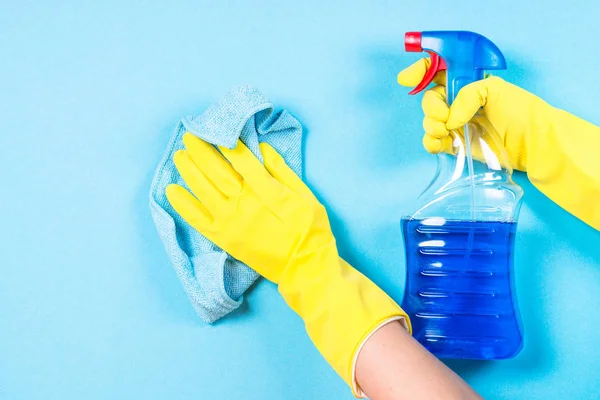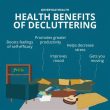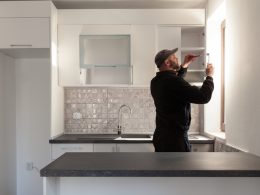Introduction:
A seasoned microbiologist with over 40 years of experience in the field. My passion is unraveling the mysteries of microorganisms, and today, share advanced techniques that will elevate your understanding of maintaining a clean environment. Before we explore the finer details, let’s establish a solid foundation. Sanitizing and disinfecting are two terms often used interchangeably, but they have distinct purposes: Sanitizing is about reducing the number of germs on a surface to a safe level. It’s perfect for objects that come into contact with food, like cutting boards or utensils. Achieving a 99.9% germ reduction is the goal here. Disinfecting takes cleanliness to the next level. It eliminates almost all germs, making it essential for high-touch surfaces, like doorknobs and light switches. Achieving a 99.999% germ reduction is the aim.
KeyPoint:
| Feature | Sanitizing | Disinfecting |
|---|---|---|
| Kill Rate | 99.9% reduction | 99.999% reduction. |
| Suitable For | Food contact surfaces | High-touch surfaces |
| Contact Time | Seconds to a few minutes | Several minutes |
| Common Agents | Quaternary Ammonium | Hydrogen peroxide, |
| compounds, alcohol | sodium hypochlorite | |
| Ideal Use Cases | Cutting boards, | Doorknobs, light switches, |
| utensils, toys | bathroom fixtures | |
| Expert’s Tip | Follow label instructions | Allow surface to remain. |
| for dilution and contact | visibly wet for the | |
| time. | required contact time. |
Dual-Step Cleaning
One of the most effective techniques for ensuring a thoroughly clean environment is to employ a dual-step cleaning process. This method involves both sanitizing and disinfecting surfaces to achieve a comprehensive reduction and elimination of germs.
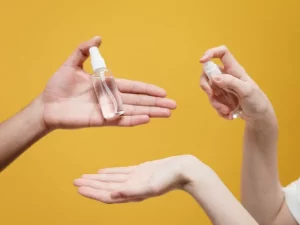
Sanitizing
Start with sanitizing. This step reduces the germ count on the surface to a safe level, typically by 99.9%. Sanitizing is ideal for objects that come into contact with food, such as cutting boards, utensils, and even children’s toys Ensure you follow the label instructions for the sanitizing agent, which may include specific dilution ratios and contact times. By adhering to these guidelines, you’ll guarantee that you’ve achieved the desired reduction in germs.
Disinfecting
After sanitizing, proceed with disinfection. Disinfecting takes the cleanliness process a step further by eliminating nearly all germs on the surface (usually by 99.999%). This is crucial for high-touch surfaces like doorknobs, light switches, and bathroom fixtures. Utilize disinfecting agents such as hydrogen peroxide or bleach-based solutions. It’s imperative to keep the surface visibly wet for the required contact time specified on the product label. This extra effort ensures that germs are effectively eliminated. To optimize your cleaning efforts and make the most significant impact on your environment’s hygiene, consider the technique of targeted disinfection. This approach involves identifying and focusing your disinfection efforts on high-risk areas and frequently touched surfaces.
Cleanliness Basics
Before we explore the finer details, let’s establish a solid foundation. Sanitizing and disinfecting are two terms often used interchangeably, but they have distinct purposes: Sanitizing is about reducing the number of germs on a surface to a safe level. It’s perfect for objects that come into contact with food, like cutting boards or utensils. Achieving a 99.9% germ reduction is the goal here. Sanitizing not only cleans but also reduces the risk of foodborne illness, making it a vital practice in the kitchen. Common sanitizing agents include quaternary ammonium compounds and alcohol-based solutions. To ensure effective sanitization, follow the label instructions for dilution and contact time. Remember, you’re striving for that 99.9% reduction in germs. Disinfecting takes cleanliness to the next level. It eliminates almost all germs, making it essential for high-touch surfaces like doorknobs, light switches, and bathroom fixtures. Achieving a 99.999% germ reduction is the aim. Common disinfecting agents include hydrogen peroxide and sodium hypochlorite to use these effectively, it’s essential to allow the surface to remain visibly wet for the required contact time. This ensures that the disinfectant has enough time to do its job, leaving surfaces nearly germ-free.
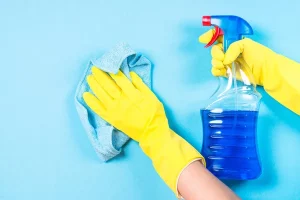
KeyPoint.
| Step | Description |
|---|---|
| Step 1: Sanitizing | Reduce the germ count on the surface to a safe level (typically 99.9%). Ideal for surfaces that come into contact with food. |
| Follow the label instructions for the sanitizing agent, including dilution ratios and contact times. | |
| Step 2: Disinfecting | Eliminate nearly all germs on the surface (usually 99.999%). Suitable for high-touch surfaces. |
| Use disinfecting agents like hydrogen peroxide or bleach-based solutions. | |
| Keep the surface visibly wet for the required contact time specified on the product label. | |
| Benefits | By combining sanitizing and disinfecting in a dual-step process, you ensure both reduction and elimination of germs, leaving surfaces virtually germ-free. |
| Ideal Use Cases | This method is particularly effective for areas where hygiene is of utmost importance, such as kitchens and bathrooms. |
Conclusion:
As lifestyle enthusiasts, you’re already one step ahead when it comes to cleanliness, but there’s always more to learn. Understanding the nuances of sanitizing and disinfecting can make a significant difference in maintaining a hygienic environment. So, the next time you embark on a cleaning mission, remember the key differences, choose the right tool for the job, and consider these advanced techniques. Your cleaner, safer lifestyle awaits! Cleanliness is not just a chore; it’s a science. The mastery of cleanliness lies in knowing when and how to sanitize or disinfect, and this knowledge can be transformative in your daily life. By incorporating the following key takeaways into your cleaning routine, you’ll be on the path to a cleaner, safer lifestyle: Understanding the fundamental differences between sanitizing and disinfecting is the foundation of effective cleanliness. Sanitizing reduces germs to a safe level (typically 99.9%), making it suitable for surfaces that come into contact with food. Disinfecting, on the other hand, eliminates nearly all germs (usually 99.999%) and is ideal for high-touch surfaces. This distinction allows you to tailor your cleaning approach to the specific needs of each surface.






